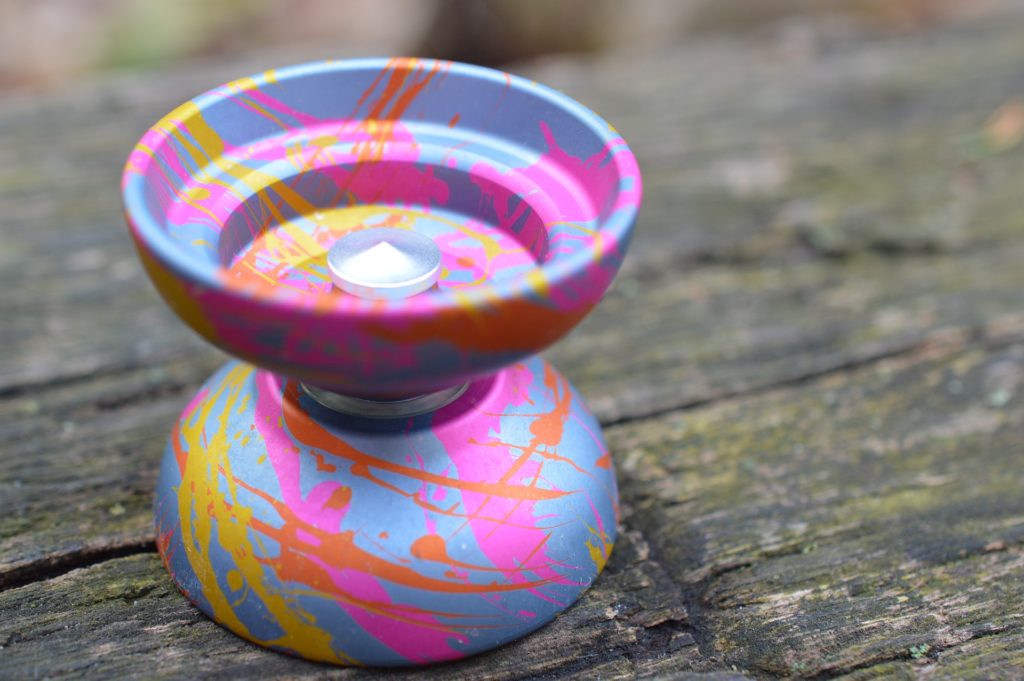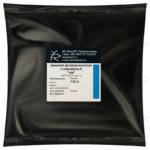

For many people, anodizing is simply a process used on some metals to achieve a decorative finish, but it is so much more than that.
Anodizing can be defined as an eco-friendly electrochemical process that consists of the creation of an oxide layer on the surface of the metal being treated with the purpose of thickening and strengthening the protective oxide layer that appears naturally. This is why it is considered a combination of nature with science.
What materials can be anodized?
As the process involves the oxidation of the surface, not all metals are suitable for this surface treatment. For example, iron and steel would suffer degradation and rust, and this is not an ideal situation while treating any metal part.
However, metals such as aluminum, titanium, and magnesium do not rust and can benefit from the oxide layer that appears after anodizing. One of the many benefits that should be highlighted is the protection from substances such as aggressive chemicals and others that could degrade the metal.
Where can I see the application of this process?
There are more reasons to use anodizing than just decoration. Common industries that use anodized metals include:
- Jewelry and arts.
- Furniture manufacturing.
- Food manufacturing and preparation.
- Construction
- Sports equipment
- Automotive
In addition, we can find anodizing used in common products such as:
- Home appliances like fridges, microwave ovens, coffee brewers, among others.
- Sanitary and medical products
- Housings for electronics
- robotics
- Vehicle parts such as wheel covers, control panels, among others.
Of course, most of these products use anodizing mainly for decorative purposes, except for those who are exposed to environmental effects, water, and other substances that can be found in the kitchen, for example.
So, what are the other benefits provided by anodizing?
Main benefits obtained from anodizing
Apart from getting a nice decorative surface finish, the main benefits from anodizing aluminum, titanium and magnesium are:
- Increased surface hardness.
- Increased wear resistance to abrasion and erosion.
- Increased dielectric strength.
- Better base for coloring.
- Surface with extremely stable porous oxide layer.
- Better thermal insulation.
- Increased durability.
- Improved maintainability.
In addition, when aesthetics are important for the application, anodizing provides many alternatives for glossy and color finishes. Also, this process is safe to apply on metals, so safe for humans.
Why would you use it?
If you have a metal product that requires the following, then you should use anodizing. Here are the most common requirements:
- Other treatments are required, for example, painting. Anodizing creates a porous layer that is ideal for painting or coloring.
- Your product needs electric insulation. Remember that anodizing increases the dielectric strength of the metal.
- Exposure to high temperatures or big temperature variations is expected. Anodizing the surface of your metal product will protect it in these situations by improving its thermal insulation.
In other words, if any or all of the benefits mentioned above match what you want to achieve with your product, anodizing is a safe bet.








